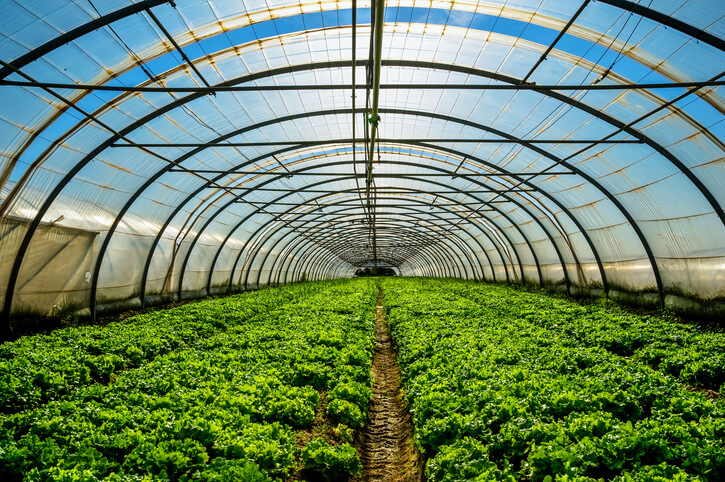The legislation of pesticides of the EU considers that greenhouses They are closed systems that do not generate toxic emissions into the environment. That is why there is a regime of authorization and use of pesticides especially for the interior of the greenhouses, which is less strict than the one abroad. In this way, within the structures the use of pesticides which are prohibited in open spaces due to their high toxicity.
However, Ecologists in Action reports the results of various analyzes carried out in Almería, which demonstrate how pesticides allowed exclusively inside greenhouses, they escape from the structures and contaminate nearby ecosystems, potentially affecting human health.
The data that supports this contamination comes from the analysis of samples included in two reports: first, from two samples included in the recent study “It rains pesticides from greenhouses”, a collaboration of PAN Europe and Ecologists in Actionwhose analyzes detect, in both cases and outside the greenhousesthe fungicide Metalaxil M, permitted only for indoor use due to its high toxicity.


In addition to this fungicide, the first sample, taken in the Sotomontes wetland, demonstrates its high contamination by other 22 pesticides different, nine of them not approved in the EU despite being surrounded only by supposedly watertight structures.
Greenhouses are a source of pesticide emissions into the environment
The environmental organization considers it serious that 19 of the pesticides detected are in individual concentrations higher than the threshold recently proposed by the European Commission, of 0.1 μg/l, and that the total concentration of pesticides, of 5.9 μg/l, is about 12 times higher than the threshold proposed by the European Commission, of 0.5 μg/l. In the second sample, taken in the Adra lagoon, another seven pesticides in addition to Metalaxyl-M, one of them banned in the EU.
A second study, this time of Ecologists in Action alone, it has been based on the analyzes of the Higher Center for Scientific Research (CSIC) of three samples taken in the Aguas River, the Morales Rambla and the mouth of the Antas River.
All samples showed high contamination by glyphosate. Concentrations of 16.75 µg/l, 35.55 µg/l and 0.25 µg/l were detected, respectively, all higher than the quality standard of 0.1 µg/l established by the Ministry for the Ecological Transition and the Demographic Challenge (Miterd).
Kistiñe García, spokesperson for Ecologists in Actionhas declared: “Finding substances for exclusive internal use outside the greenhousestogether with contamination by pesticides so high, allows us to conclude that the greenhouses They are not watertight spaces: toxic substances are released from these structures into the environment. For this reason, the European and Spanish authorities must change the legislation and not allow the use within greenhouses of prohibited substances abroad.”
Koldo Hernández added: “The central government and those of the autonomous communities must establish specific rules for the use of pesticides inside greenhouses, which aim to reduce their impact, as other EU countries already do. As a first and essential step, they must inform the Ministry of Agriculture about the pesticides that they use and their quantities, something that the Ministry currently acknowledges ignoring.”

